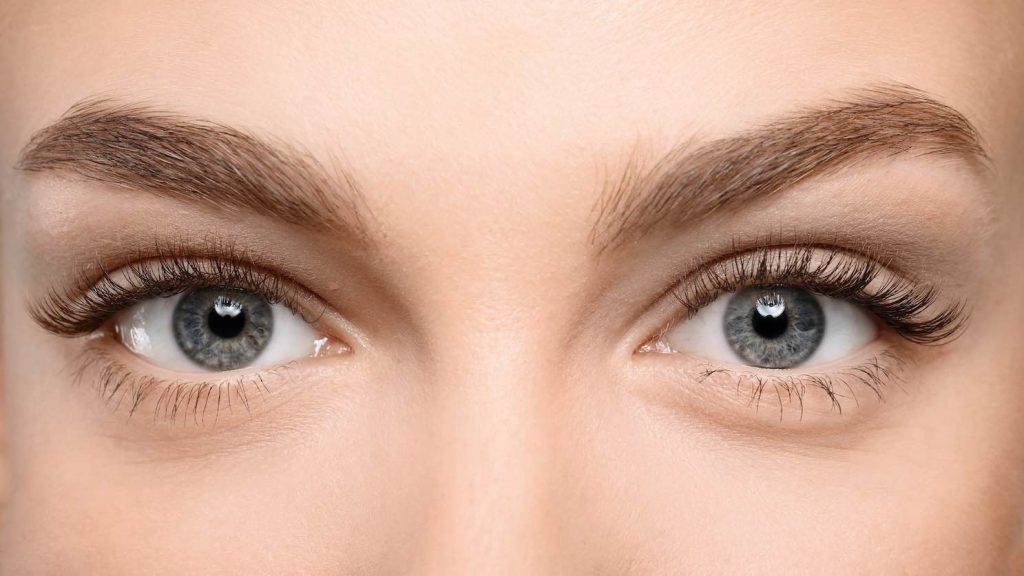- Address: 91 Queen St, Brisbane City QLD 4000 Australia
- Phone:(07) 3184 4925

Eyelid Reduction

Eyelid Surgery – What’s involved?
Blepharoplasty is a procedure to remove excess skin and redistribute, or remove fat from the upper and lower eyelids. Eyelid surgery can correct drooping upper lids and puffy bags below your eyes; features that make you look older and more tired than you feel and may even interfere with your vision. However, it won’t remove crow’s feet or other wrinkles, eliminate dark circles under your eyes, or lift sagging eyebrows.
What are the risks of blepharoplasty?
There are few complications with upper lid surgery. With lower lid surgery, ectropion (droopy lower lid) is a recognised complication. This is often only temporary, but further surgery may be required if this persists. Some medical conditions make blepharoplasty more risky. They include thyroid problems such as hypothyroidism and Graves’ disease, dry eyes (lack of sufficient tears) and other ocular conditions.
Your eyelid surgery consultation
You and your surgeon should carefully discuss your goals and expectations for this surgery. You’ll need to discuss whether to do all four eyelids, or just the upper or lower ones, whether skin, as well as fat will be removed and whether any additional procedures are appropriate, such as brow lifting or canthopexy (lower lid lifting).
Don’t hesitate to ask your doctor any questions you may have, especially those regarding your expectations and concerns about the results. Blepharoplasty can attract a Medicare rebate if the upper lids obscure vision.
To make an appointment for eyelid reduction surgery in Brisbane, feel free to contact us at any time.
The blepharoplasty surgery
Blepharoplasty is performed in hospital, usually as a day case, under general anaesthetic, or local anaesthetic with sedation. The procedure can take up to an hour, depending on the extent of the surgery. If you’re having all four eyelids reduced, the surgeon will probably work on the upper lids first, then the lower lids.
In a typical procedure, the surgeon makes incisions following the natural lines of your eyelids: in the creases of your upper lids and just below the lashes in the lower lids. The incisions may extend into the crow’s feet or laugh lines at the outer corners of your eyes. Working through these incisions, the surgeon separates the skin from underlying fatty tissue and muscle, removes excess fat and often trims sagging skin and muscle. The incisions are then closed with very fine dissolvable sutures.
If you have a pocket of fat beneath your lower eyelids but don’t need to have any skin removed, your surgeon may perform a transconjunctival blepharoplasty. In this procedure, the incision is made inside your lower eyelid, leaving no visible scar. It is usually performed on younger patients with thicker, more elastic skin.
For more information regarding eyelid surgery in Brisbane, feel free to contact our team.
After your eyelid surgery
After surgery, your eyelids may feel tight and sore as the anaesthesia wears off, but you can control any discomfort with pain medication prescribed by your surgeon. Your vision may be blurred for the first 24 hours.
Your cosmetic surgeon will instruct you to keep your head elevated for the first day and to use cold compresses to reduce swelling and bruising. You’ll be shown how to clean your eyes, which may be gummy for a week or so. For the first few weeks, you may also experience excessive tearing and sensitivity to light. It will be about 2 weeks before your eyelids feel and look normal.
Contact Staff: